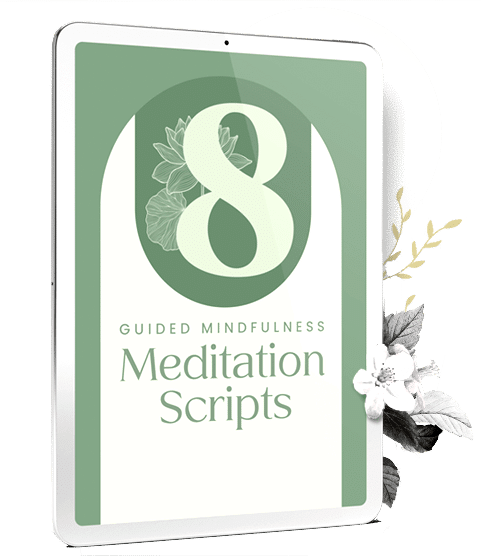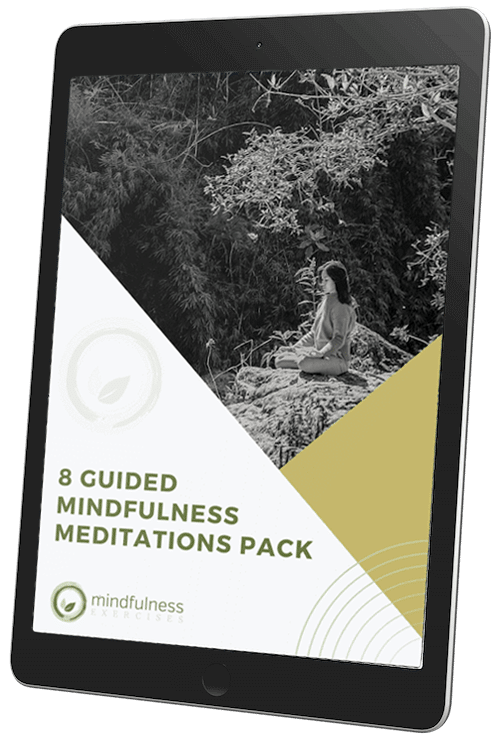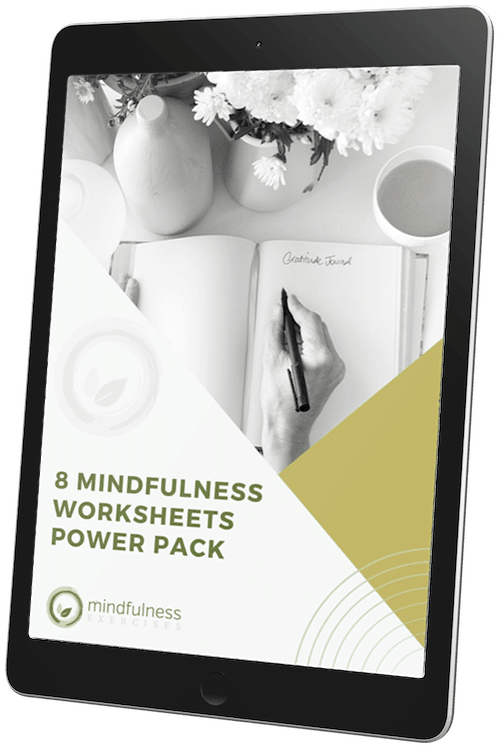Contentment meditation can help us let go of the uneasiness we sometimes feel when we sit down to practice. We are reminded that nothing, outside of simply being, needs to be done. When in a state of contentment, there’s nothing about this moment that needs changing. We can allow ourselves to be here, present with everything as is.
How do we access contentment? One way to connect to contentment is through gratitude. As we sense into gratitude for this breath, this body, and this moment, we glimpse the truth that at this moment, everything is perfect just as is. We may not like it, but we are exactly where we need to be to learn the lessons that will help us grow.
Some traditions refer to contentment as the highest state of happiness. When content, we crave nothing, nor do we push anything away. This invites a complete presence, allowing for profound insight into the true nature of this moment.
Here’s a Sample of the “Enhance Presence With This Contentment Meditation” Guided Meditation Script:
Take a comfortable seat in a quiet place where you can be free from distractions
Sit up tall, keep your chin level, and release your shoulders
Soften your belly, and soften your thighs
Let you hips rest heavily on your seat
Close your eyes, or gaze softly at the ground ahead of you
With your mouth closed, but your jaw relaxed,
Breathe in and out through your nose
Find a breath that is patient, gentle, and steady
Let each breath out be just as long as each breath in
As you focus in on the breath,
turn the corners of your mouth upwards into a slight smile
And generate a deep sense of contentment for the breath
Breathe in and out with a loving awareness
Grateful for each life-giving inhale, and each precious exhale

Let this sense of gratitude permeate your whole body
You could perhaps visualize it as a warm feeling, or a light
Still aware of the breath, but with a full body gratitude for breath
Grateful for breath as it moves in and out through your nose
Grateful for breath as you feel your chest expanding, and your belly releasing
Grateful for breath as you sense the whole body riding the wave of each breath
(pause for 3 breaths)
Let this whole body gratitude help hold your focus, your attention on the breath
Cherishing each patient breath in
Present with each miraculous breath out
Watch the breath as it’s the most beautiful thing you’ve ever seen
(pause for 3 breaths)
And if the mind becomes distracted, which it will
Anytime you notice you’ve wandered from your focus on breath,
How to Use This Meditation For Contentment Script
The intention of this contentment meditation script is to sense contentment in the body. This practice is well suited to use for your personal use or as a tool to help you guide others. Read this meditation script word for word, or make minor edits as you see fit.
Contentment can seem like an abstract concept. As you guide, you’ll notice the script invites practitioners to connect to gratitude, presence and patience. Consider how these sensations may relate to a felt sense of contentment, and how they may differ. Sometimes, the nature of contentment is revealed when we bring mindfulness to our restlessness or our discontentment.
Conclusion
Cultivating a felt sense of contentment can help us rest more patiently in the present moment, letting go of our desire to change it. Familiarizing ourselves with contentment in meditation makes it more likely we’ll experience contentment in everyday life. To be able to rest in the present moment, without being pushed or pulled by craving or aversion, is a marker of total freedom.
RELATED POSTS:







